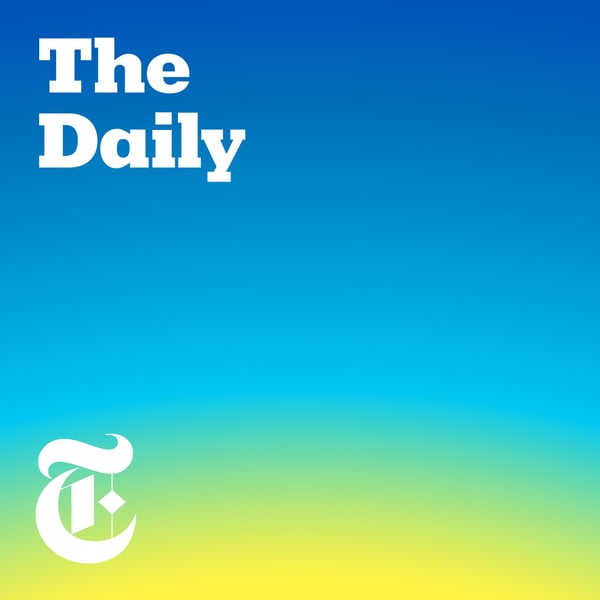The (Misunderstood) Story of NATO
The Daily
The New York Times
4.4 • 102.8K Ratings
🗓️ 12 July 2018
⏱️ 27 minutes
🧾️ Download transcript
Summary
Transcript
Click on a timestamp to play from that location
| 0:00.0 | From the New York Times, I'm Michael Barbaro. This is The Daily. |
| 0:09.4 | Today, in a combative opening day of the NATO summit in Brussels, President Trump went after Germany, |
| 0:17.3 | calling it a captive of Russia, and calling other member countries, Delinquent. |
| 0:24.0 | Where his frustration is coming from. |
| 0:26.8 | It's Thursday, July 12th. |
| 0:34.2 | Michael, the story of NATO really starts with three countries, the United States, the Soviet Union, |
| 0:40.4 | and Nazi Germany. David Sanger is a national security correspondent for the times. |
| 0:45.4 | Now, the US and the Soviets, of course, were allies of convenience against Germany, |
| 0:51.9 | but it all came to a very ugly end as soon as victory in Europe was declared in April 1945. |
| 1:03.6 | And at that moment, the big concern moved away from a Nazi Germany that could threaten Europe |
| 1:10.1 | to a Soviet Union that could do so. So right after the war was over, there was a great fear |
| 1:19.4 | that vulnerable countries that had been initially taken over by the Nazis, from Poland, |
| 1:26.0 | Denmark, Belgium, could all fall under the influence of a communist Soviet Union. |
| 1:32.1 | So over time, the US came around to the idea that the Soviet Union had to be contained. |
| 1:38.4 | The gravity of the situation which confronts the world today necessitates my appearance |
| 1:45.6 | before a joint session of the Congress. And Harry Truman went to Congress in 1947 and laid that out. |
| 1:53.3 | I believe he said that I believe it must be the powers in the United States. |
| 1:58.7 | To support free peoples who are resisting attempted subjugation by armed minorities or by |
| 2:05.8 | outside pressures. And that was really the beginning of the liberal international order. |
| 2:11.1 | The idea that the United States was going to be a guarantor of freedom around the world. |
| 2:22.5 | So how did the US actually put that into practice? |
| 2:27.8 | Well, almost as soon as Truman uttered those words, a series of crises came up. |
... |
Please login to see the full transcript.
Disclaimer: The podcast and artwork embedded on this page are from The New York Times, and are the property of its owner and not affiliated with or endorsed by Tapesearch.
Generated transcripts are the property of The New York Times and are distributed freely under the Fair Use doctrine. Transcripts generated by Tapesearch are not guaranteed to be accurate.
Copyright © Tapesearch 2025.

